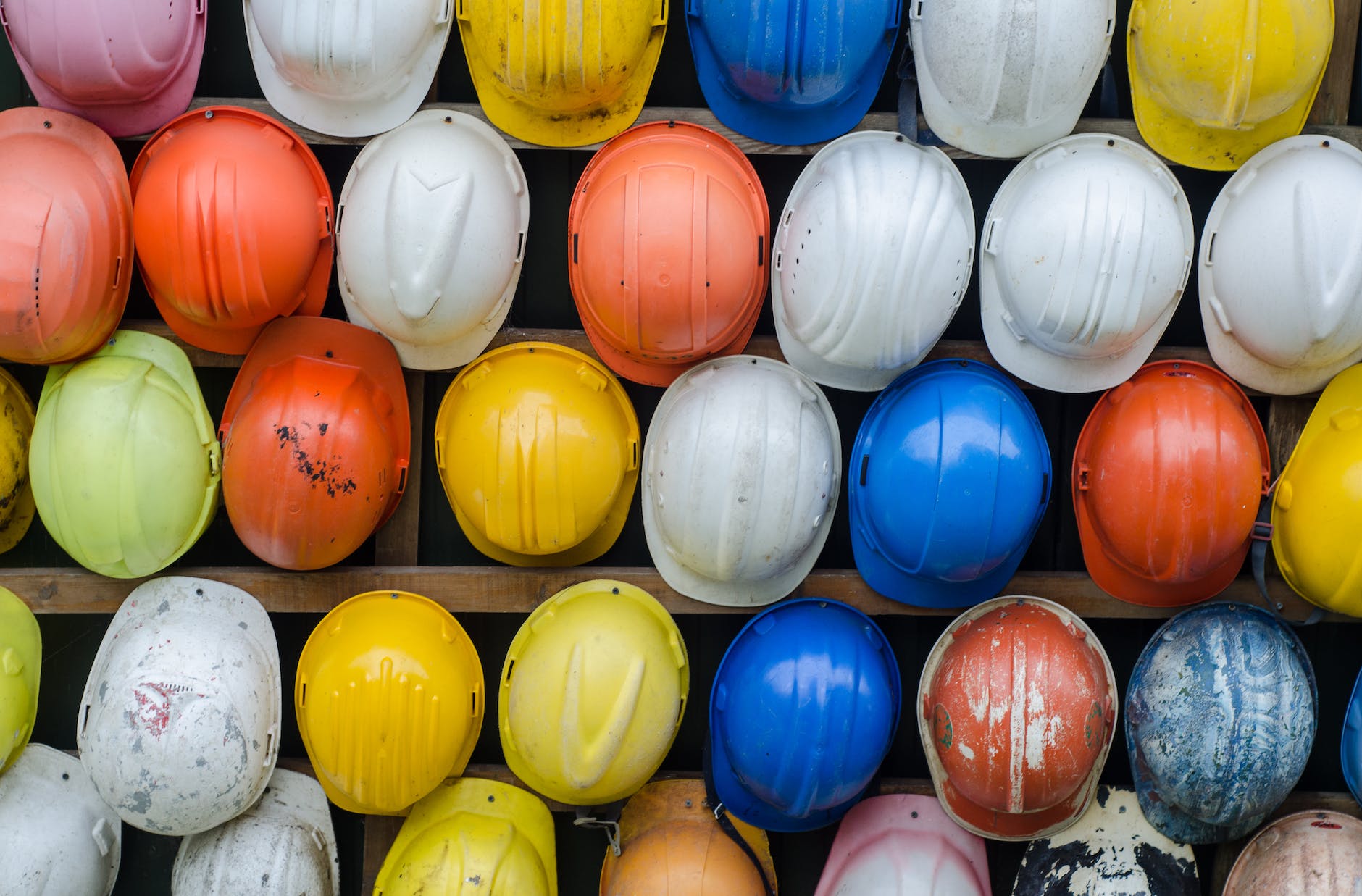pyrography safety tips: protecting yourself and your workspace during wood burning
Pyrography, also known as wood burning, is a fascinating art form that involves using a heated tool, known as a wood burner or pen, to burn designs onto a piece of wood. It is a popular craft that allows artists to create stunning designs, from intricate patterns to realistic images, on various types of wood.
What is Pyrography and How Does it Work?
Understanding the Basics of Pyrography: Pyrography is the art of burning wood to create decorative designs. The process involves using a wood-burning tool, typically equipped with different tips, to burn onto the wood surface. The heat from the tool causes the wood to darken, creating the desired design.
Choosing the Right Wood for Pyrography: When it comes to pyrography, choosing the right type of wood is essential. Basswood is a commonly used wood for beginners due to its light and soft nature, which makes it easy to burn. Birch is another popular choice, known for its fine grain and smooth surface.
Essential Tools for Pyrography: To get started with pyrography, you will need a wood-burning tool or pen. Look for a tool that is comfortable to hold and has temperature control. Other essential tools include pliers for changing tips while they are hot, sandpaper for preparing the wood surface, and an eraser for removing any sketch lines.
Why is Safety Important in Pyrography?
The Risks and Hazards of Pyrography: While pyrography is a rewarding and enjoyable craft, it is important to be aware of the risks involved. The wood burner can reach high temperatures, posing a burn hazard. Additionally, the burning process releases fumes and smoke, which can be harmful if inhaled.
Protecting Yourself with Safety Gear: To safeguard yourself during pyrography, it is crucial to wear appropriate safety gear. Leather gloves will protect your hands from burns, and a mask will prevent you from inhaling the fumes. It is also recommended to work in a well-ventilated area or use a fume extractor to remove the smoke away from your face.
Creating a Safe Workspace: Setting up a safe workspace is essential for pyrography. Make sure that the wood-burning tool is placed on a heat-resistant surface, away from flammable materials. Keep a fire extinguisher nearby and avoid overcrowding your workspace to minimize the risk of accidents.
What Safety Precautions Should You Take?
Understanding Safety Instructions for Your Wood Burning Tool: Each wood-burning tool comes with its own set of safety instructions. It is crucial to familiarize yourself with these instructions and follow them carefully. Pay attention to the recommended temperature limits and always handle the tool with caution.
Properly Preparing Your Wood Surface: Before you start burning, ensure that the wood surface is clean and smooth. Sand the wood gently to remove any rough spots or imperfections. This will not only improve the burning process but also reduce the chances of the wood catching fire.
Working in a Well-Ventilated Area: As mentioned earlier, pyrography produces fumes and smoke. To minimize exposure to these harmful byproducts, it is important to work in a well-ventilated area. If possible, work near an open window or use a fan to circulate the air. This will help to maintain a healthy working environment.
How to Minimize Fire Hazards in Pyrography?
Keep Flammable Materials Away from Your Workspace: To reduce the risk of fire, it is important to keep flammable materials away from your workspace. This includes loose papers, fabric, and any other items that can easily catch fire. Create a designated area for your pyrography tools and materials, ensuring they are stored safely.
Using Pliers and Proper Gripping Techniques: When changing tips or handling the wood-burning tool, always use pliers to protect your hands from burns. Pliers allow you to grip the hot tips securely without risking direct contact with the metal portion of the tool. Practice proper gripping techniques to maintain control during the burning process.
Knowing When to Sand and Scrape Your Wood: As you work on your pyrography project, regularly check the surface of the wood for any buildup or residue. If necessary, gently sand or scrape the wood to remove any excess material. This will help to prevent accidental ignition and ensure a clean and safe working environment.
What are Additional Tips for Pyrography Safety?
Choosing Non-Treated Wood for Pyrography: When selecting wood for your pyrography project, avoid using treated or pressure-treated wood. These types of wood contain chemicals that can release toxic fumes when burned. Opt for untreated wood, such as basswood or birch, to ensure a safer burning experience.
Unplugging Your Wood-Burning Tool After Use: After completing your pyrography session, always remember to unplug your wood-burning tool. This simple step prevents accidental activation and reduces the risk of fire or burns. Allow the tool to cool down completely before storing it in a safe place.
Never Touching the Metal Portion of the Tool: The metal portion of the wood-burning tool can become extremely hot during use. It is essential to avoid touching this area to prevent burns. Always hold the tool by the handle and exercise caution when working with hot surfaces.
